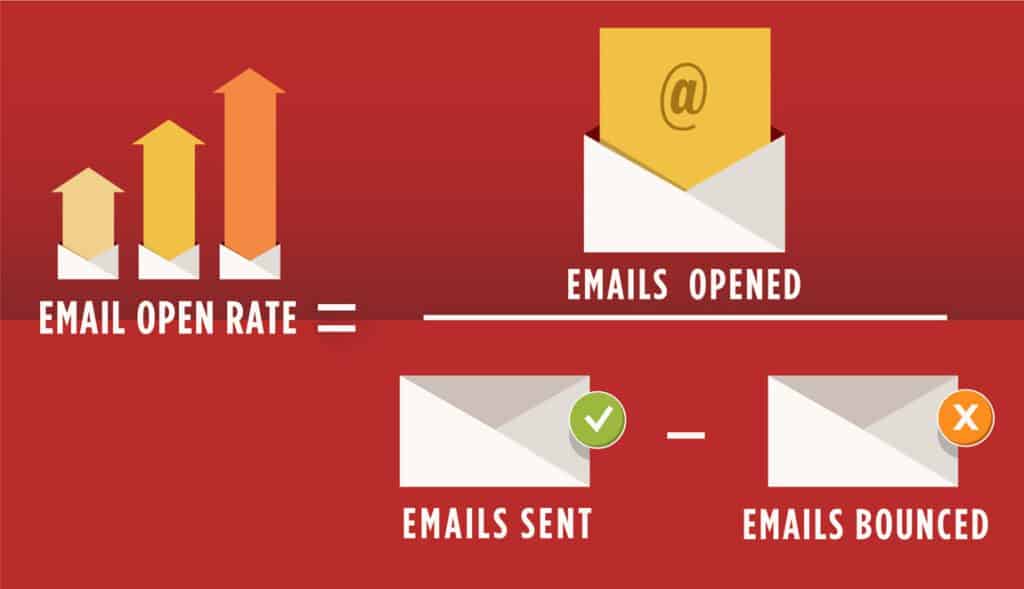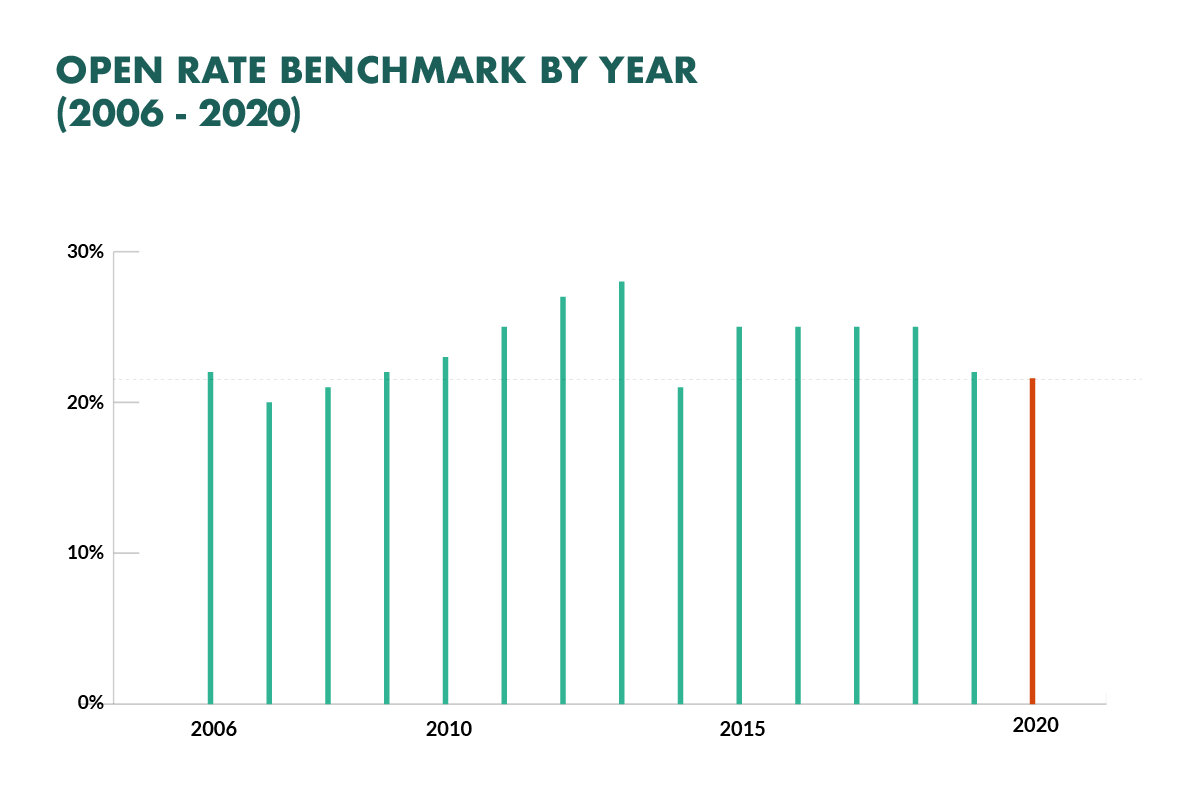Our working lives revolve around email: many of us check it as soon as we wake up. Email marketing is a core element of the buyer journey, serving as one of the earliest touchpoints in the sales cycle (at Outreach, we refer to the optimized series of such touchpoints as Sequences). As a result, most enterprises consider a high email open rate a barometer for gauging campaign success.

The trouble is that this metric doesn’t tell you much on its own. That’s why it’s essential to know which email statistics matter, how to compare your performance against industry benchmarks, and ultimately, fold these metrics into a better understanding of buyer sentiment.
To help you leverage email metrics to better gauge buyer sentiment, we’ve compiled a guide to email metrics and how they reflect customer behavior.
Why Is Email Open Rate Important?
The Open Rate is crucial for the success of your campaign. If the Open Rate is low, all investments put in your email campaign will go to waste. Find the reason why and improve. Perhaps the time of delivery wasn’t set correctly or the subject line wasn’t catchy enough.
The Open Rate is most useful when combined with other metrics, such as click-through rate, response rate, complaint rate, unsubscribers, and spam quantities. It provides feedback for your marketing or sales team on how effective each part of your email is.

What is the average email open rate?
Given that B2B email marketing has been the most popular marketing channel for several years’ and that the average number of promotional emails sent to readers continues to increase, you would think that email open rate is on the decline.
For the most part, that wasn’t the case.
Until 2019, that is.
Between 2015 to 2018, the average open rate for email was steady – hovering at 24% globally.
However, in 2020, the average open rate dropped to 21.3% (a slight decrease compared to 2019).

Does a decrease in email open rates signal the death of email marketing?
Of course not.
It’s not the first time open rates will fall and it’s not the last time.
The good news is that based on historical data, we can see that each time there is a decrease, it’s always followed by a strong period of growth. So, we can expect to see an increase again in 2021.
Before you get more people to read your emails, you first need to understand where you stand.
How many people currently ready your emails? What is your current email open rate?
This is where industry benchmark open rate reports comes in.
Get in touch with us for a free online business analysisRESOURCES: https://www.superoffice.com/blog/email-open-rates/